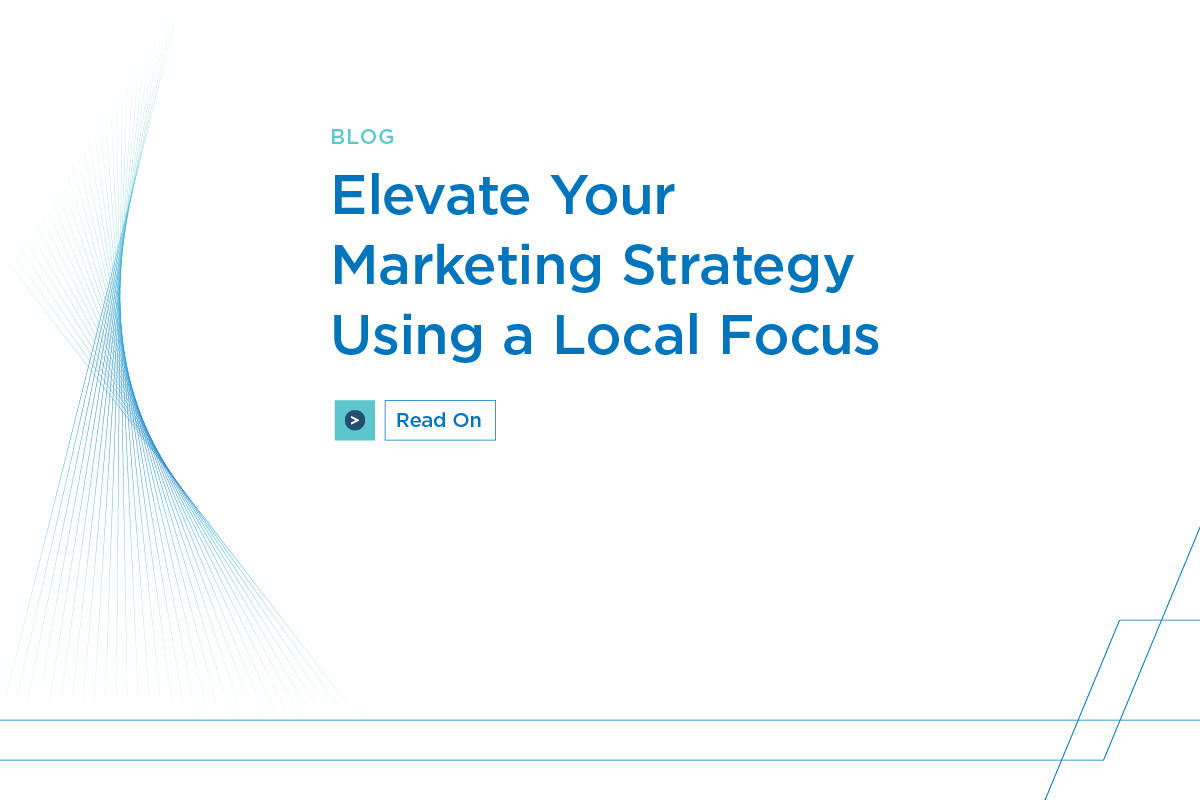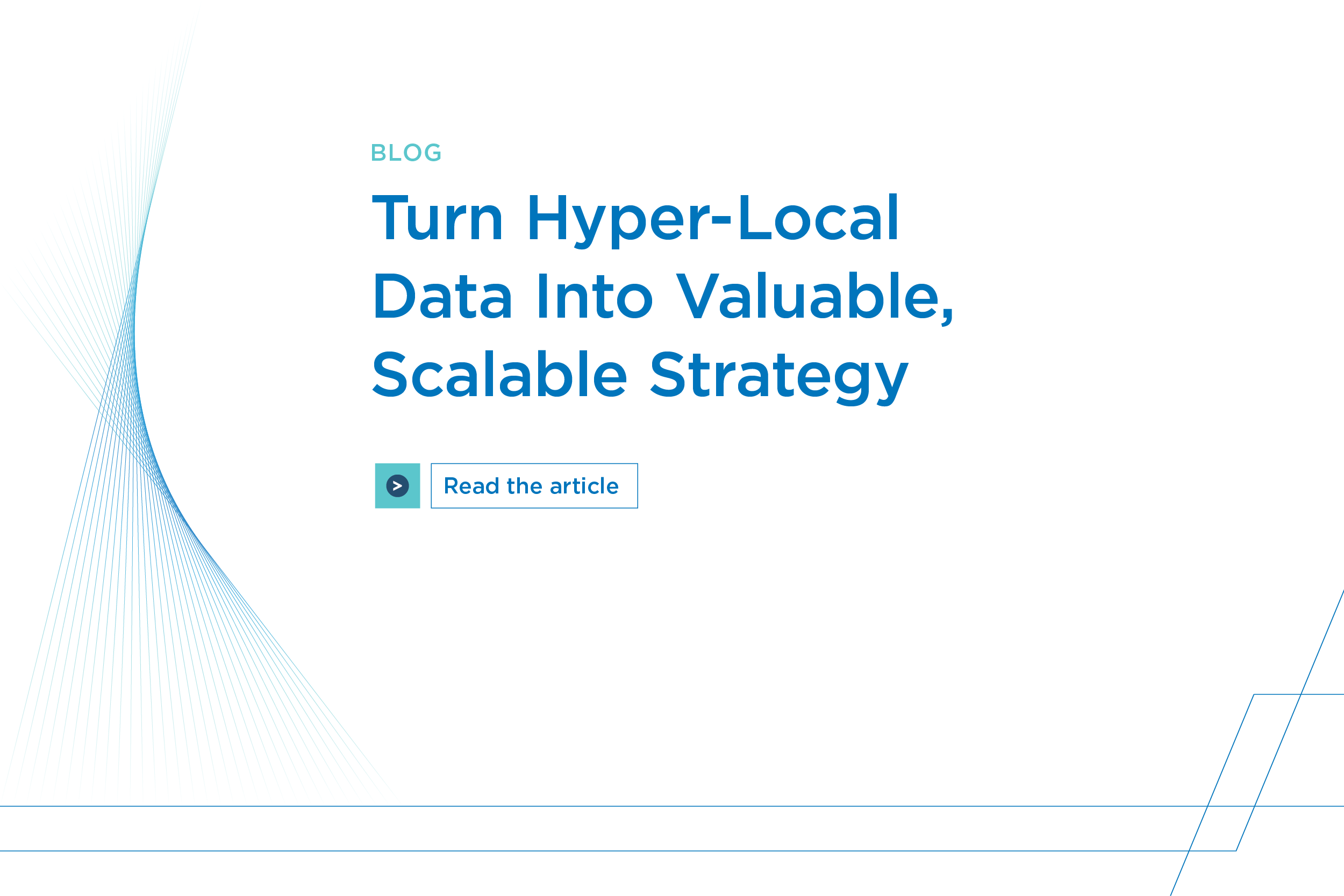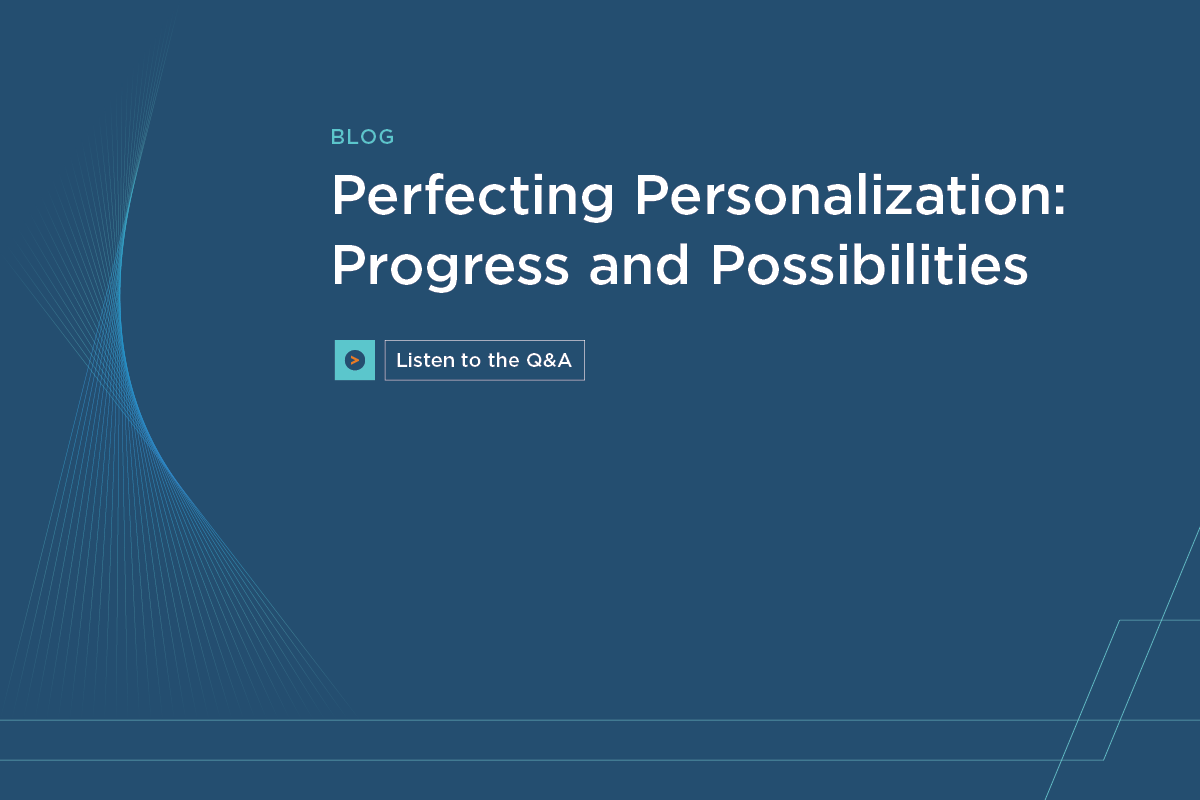Recently, we hosted a Q&A panel with some of our top experts, focusing on personalization in banking. Our team discussed best practices, common pitfalls, and the future of personalization in the financial services industry.
Joining the conversation were Lisa Nicholas, SVP of Marketing Product & Strategy, Fred Cadena, VP of Client Strategy, Alyssa Armor, VP of Product, and Stephenie Williams, VP of Lending & Compliance Solutions.

For decades, the banking industry has been talking about personalization. The landscape of personalization in financial services has seen remarkable evolution over the past couple of years. As the adoption of new technologies and innovative strategies has surged, consumer expectations have risen to new heights.
Research shows that 84% of consumers prefer companies that offer personalized experiences, and they’re increasingly willing to switch providers if they don’t get that personalization. Consumers want information to make decisions and to help them save and fund their dreams. However, not providing accurate and relevant personalization can be costly in more ways than one. Additional data suggests brands risk losing 38% of customers due to poor personalization.
Today, clients demand hyper-personalized experiences at every touchpoint with their financial institutions, whether in-person or digital. This shift has been driven by the tangible benefits personalization offers, including significantly enhanced customer satisfaction and engagement.
Let’s hear from our experts and dive in.
How have you seen the personalization landscape in financial services marketing evolve over the last couple of years?
Lisa Nicholas: We’re no strangers to personalization. We have the golden ticket as far as how much data we have. We, as consumers, have changed, and what’s changing really fast, at a very rapid pace, is how consumers are engaging with research and AI. There’s always that line of compliance and regulatory in that whole discussion. We have day in and day out. Where is the line of personalization? If you start co-mingling data, what happens? All those pieces are pieces that we have to talk about and consider.
Alyssa Armor: I think I read in J.D. Power, customers who are receiving personalized banking advice or guidance in in-person or digital channels increase in their overall satisfaction by 195 points. That’s significant. And those who are receiving those personalized experiences are interacting and actually actioning at a much higher rate. So, we’re talking 76% of those customers who receive that personalized guidance. Something to note: personalization is key here. It cannot be just a shotgun approach of just generic advice – customers see right through it. You’re not going to see that same lift.
You also need to be channel-agnostic and holistic with your strategies. The customer interacts with your brand consistently across all the different channels, and a channel switch does not indicate the end the conversation for them. At every touchpoint, these people are building their perception of your brand and your brand story,
What types of data are most valuable for financial institutions at different stages of the consumer personalization journey?
Alyssa Armor: It depends on the strategy. It depends on your capabilities and your maturity within your organization. So, one example, let’s say you have a CRA campaign that you’re running through Vericast. The only thing that you would need to deploy a CRA campaign and saturate different neighborhoods would be a branch list so that you know where you’re targeting, and then a customer file to identify who came in from that campaign. That was pretty darn simple. On the other hand, maybe you have a mortgage trigger program, that one you’re going to need relevant real-time or near real-time data because those signals need a quick response from your team.
What common mistakes or pitfalls have you seen institutions encounter when implementing personalization initiatives?
Fred Cadena: The biggest one that I’ve seen over my career is institutions that treat this as an exercise in technology or tool adoption, rather than as a strategic priority. It really needs to start with identifying what are the business goals you’re trying to achieve, what’s going to have the balance sheet impact for the institution, and then where can I get the fastest ROI on that? And then once you figure that out, then you find your technology, then you figure out how you’re going to enable that.
Alyssa Armor: I think personalization is challenging because it doesn’t happen in a silo, and it can’t just be one department, like a marketing department that leads it. You need cross-functional buy in and you need maturity at a bunch of different areas within your organization in order to effectively execute on personalization. You need your data in the right place, you need the governance in the right place, you need Compliance on board with you and Legal. You need a strategy to go and deploy. You need Creative to really ramp up their production of content to inform personalization. Getting all of those different cross-functional areas to align and prioritize the same thing is really challenging.
How can institutions with limited resources or legacy systems take meaningful steps towards more personalized marketing?
Stephenie Williams: I think you start small. You take inventory of your account holder and prospect communications, and you identify data flows that you already have in place that could be leveraged in a new way. It could be transactional data. It could be non-response data so that you’re you are making incremental changes, generally in the marketing message, but it could be in the personalization experience. It could be as simple as changing the process for the people that are consumer facing, so that they are referring to tools they already have and having different conversations.
Alyssa Armor: You are far better off if you start small, come up with a narrow use case, build it out, prove it out, then go socialize your results. If you can tie it to the balance sheet, even better. Socialize those results. Begin to build that trust within your institution and go get in front of your CFO to show him how your personalization and your programs are beginning to drive impact to the balance sheet. And then you get that case for more budget to pour into the maturation of your programs.
How do you see AI and generative AI transforming personalization capabilities in banking?
Fred Cadena: There’s a lot of success being used in AI chat, both for service and for sales use cases. There’s a lot that’s happening in the optimization of content and the optimization of anonymized web journeys. That’s very non-controversial. There are some exciting things that I am seeing forward-thinking institutions lean into, such as using transaction data to predict attrition and guide targeted interventions. Things like using personal data to make life stage recommendations for different life goals – acquiring a new house or retirement or paying for college. However, there are a lot more regulatory eyes on that. You have to be very cautious. You have to make sure your governance model is set up appropriately. You have to make sure you can explain to the regulators why this model has made a certain decision.
What one piece of advice would you give financial service marketers who want to advance their personalization capabilities this year?
Stephenie Williams: Really step into the customer’s or the prospect’s shoes. Take a look at your brand and your communication and see how personalized it is from their point of view. Be sure to inventory and think of it on more of a segmented basis than just, “Hey, I’m going forward with personalization everywhere,” because your customers might not come with you.
Fred Cadena: Start with strategy. Don’t rush to adoption. Don’t rush to buy a tool. Don’t rush to go implement the next thing before you’ve taken a step back and said, “What are the goals I really want to achieve and what’s going to deliver the greatest value?”
Alyssa Armor: Where you can win is the hyperlocal way of engaging your community. So lean into locality, figure out how you can be hyper relevant within your areas that you serve. Because that’s where you’re going to win.
How do you know what kind of offer to present or if you need one?
Fred Cadena: We have some clients who own their markets, have been doing it for a while. There’s still room. There’s still juice to get out of that lemon. But they’re so well known, they’ve been doing it in their market for so long that they can go in with no offer and get a cost per acquisition in the high 80s to mid 100s.
We have other organizations, especially if they’re breaking into new markets, post-merger, where they’ve acquired somebody and now they’re trying to go into that market with a different name. You’re going to have to probably juice up that offer a little bit.
One of the things that we do is a lot of analysis on what’s happening market over market, so we can at least help our clients figure out where they need to be. And so it’s figuring out what the right mix of qualifications you want somebody to have to go through to get the dollars. You want to have enough that you’re driving behavior and not just getting people that are coming for the dollars and then leaving, but also not so much that people aren’t responding.
Lisa Nicholas: One of the trends I’m seeing using some of our search data that we’re pulling in, is that not every area wants bonus offers. They’re not even searching on bonus offers. They’re more interested in interest checking accounts or student checking. They’re not searching in other areas. We are trying to weed out an upfront sell and get you to be more efficient with your spending right out of the gate.
We hope you enjoyed the nuggets of information from the team. If you’d like to know how Vericast can help your bank or credit union develop a personalization strategy contact us.
You May Also Be Interested In

Banks and credit unions must ensure every dollar they spend is strategic and precise. In the coming year, your bank or credit union should be able to answer the following questions.

Discover how banks and credit unions can leverage hyperlocal marketing strategies to enhance their digital presence and engage with local communities.
